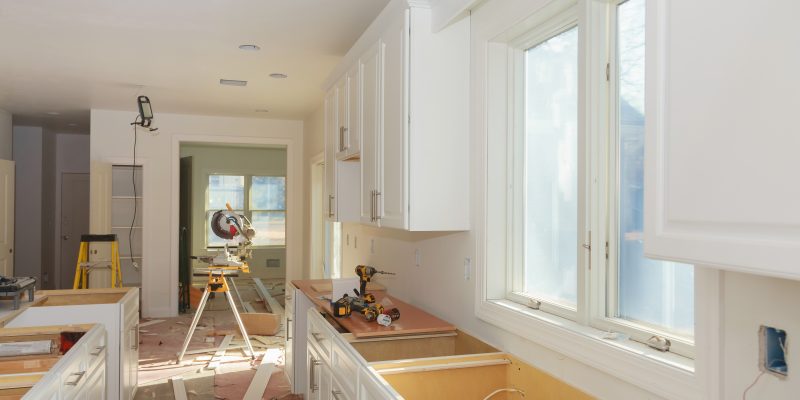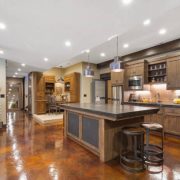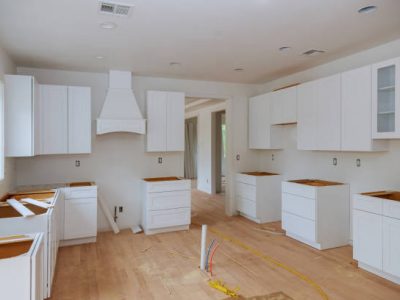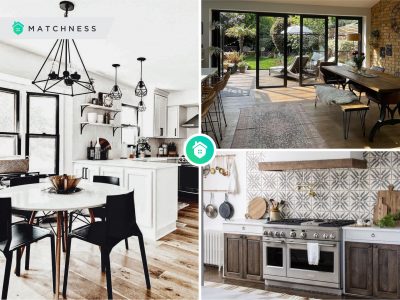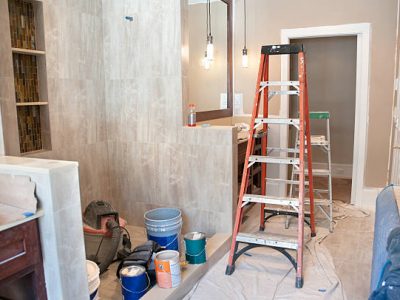Renovating your home is an effective way to maintain and increase its functionality, aesthetic, and value. Upgrades can make your everyday home living more convenient and comfortable.
One significant factor when tackling home renovation is the budget. The costs may vary depending on the project scale, design complexity, choice of materials, labor costs, and location. Evaluating these factors can be time-consuming and a significant issue for busy homeowners.
Here are some tips on calculating renovation costs to start upgrading your home.
1. Determine Material Prices
Material price takes up the majority of the total home renovation cost. Therefore, determining their costs in your area is crucial. For instance, installing new aluminum windows may cost around USD$200 to USD$500.
The prices of materials depend on the available supply in your area. You can choose locally sourced construction and furnishing materials to maximize your budget. Doing so can also reduce the shipping costs.
Another tip to save on material costs is to find the balance between quality and prices. You can find ones of excellent quality without spending thousands. Comparing prices from different suppliers will also help you get the best deals.
2. Consider Labor Costs
The next major factor that affects renovation costs is labor. In most cases, the budget for labor takes up around 20% to 40% of the total cost. It depends on your area, the availability of experts, and the project’s complexity. For example, concrete costs may require a higher portion of the budget for labor since its quality heavily depends on expertise.
The labor costs also tend to be higher for materials that are difficult to cut or install. The lack of experts in the trade can also cause skyrocketing labor prices. The best way to determine labor costs is to ask contractors around your area.
3. Create A Renovation Checklist
Listing the details of your home renovation is a crucial step in calculating the total cost. It must include all the specific improvements you expect, including appliances, furnishing, and décor. If you’re renovating the whole house, creating a checklist per room is best to avoid confusion. However, if you’re still undecided on which areas to improve, you can follow these two tips:
- Prioritize Functionality: Renovating your home should increase its functionality. If this is your goal, you can start with the busiest areas of the house, like the kitchen. An updated kitchen can boost efficiency in cooking and food prep. It also provides an additional space for entertaining guests.
- Increase Value: Most homeowners renovate their homes to increase value. You can boost property value by focusing on high returns projects. Some examples are installing durable kitchen countertops, high-quality flooring, and roof replacement.
When creating a renovation checklist, you can start with the rooms that need the most improvement in efficiency and safety-wise. This way, you can transform your home within your budget.
4. Contact A Contractor To Get An Estimate
Home renovation is a tedious task. While some projects are DIY-friendly, some are best left in the experts’ hands. Aside from quality work, they can also help you set an accurate budget for your home upgrade.
The easiest way to calculate home renovation costs is to contact several contractors within your area. They’ll ask about the project specifics, type of finish, and total floor area to renovate. They can give you an initial quote based on these details to help you prepare a realistic budget.
Talking to multiple contractors is necessary to compare their prices. You can also browse their project portfolio to evaluate their work. Going for the lowest offer may not always be practical since there’s a risk of compromising quality. Finding a reliable contractor that offers the best value for your money is best.
5. Specify Your Budget
Renovating your home doesn’t always require a large sum. You can work around your specific budget and see how much you can do based on the material and labor costs.
In the US, the average renovation cost is USD$12,000. However, the numbers may go lower or higher depending on the type of project. The most expensive parts to renovate are the kitchen and bathroom due to tilework, countertop installation, and plumbing.
You can set your renovation budget per room. For instance, you can allot USD$5,000 for the kitchen, USD$3,000 for the bathroom, and the rest for the living room and bedrooms.
6. Prepare For Extra Expenses
Whether you work with a contractor or manage the renovation independently, preparing for extra expenses is a must. During the project, you may experience sudden price increases or notice miscalculations in the number of materials.
When setting the cost for your home renovation, add around 10% to 20% of the total budget for miscellaneous expenses. This way, you can avoid delays and hassles in your project. It will also help you stay within your budget.
Conclusion
Calculating home renovation costs becomes easier after specifying project scale and details and determining the material and labor prices. However, you can maximize any amount to make significant improvements with the help of reliable suppliers and contractors.


